ZANZIBAR ARCHIPELAGO
The stunning tropical paradise off the coast of Tanzania, known for its beautiful beaches, rich history, and vibrant culture. It consists of several islands, but the two main ones are Zanzibar Island and Pemba Island, with numerous smaller islands scattered around.
Zanzibar Tours & Activities Packages
Zanzibar Tour Packages offer a range of experiences, from relaxing beach vacations to exciting cultural explorations and adventure-filled activities.
Ultimate Zanzibar Day Tour & Excursions!
Zanzibar Archipelago....
EXPERIENCE THE BEAUTY OF ZANZIBAR
For a luxury safari in Tanzania that combines stunning Wildlife & Beaches experiences with beautifully designed accommodations, there are several exceptional lodges and camps that offer a blend of elegance, comfort, and style.

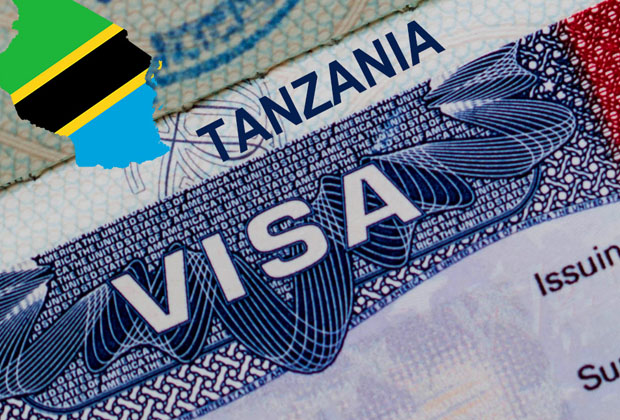
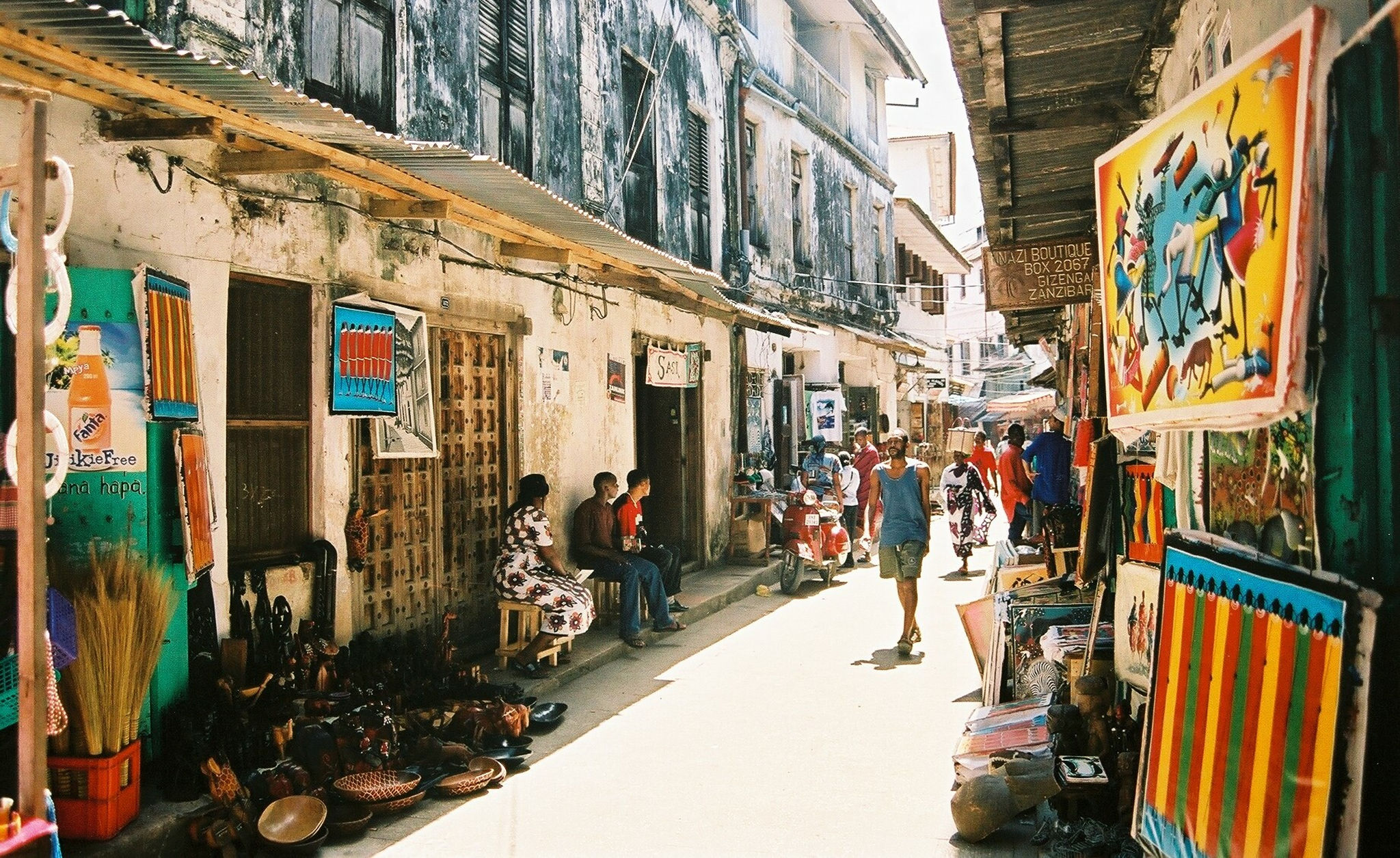
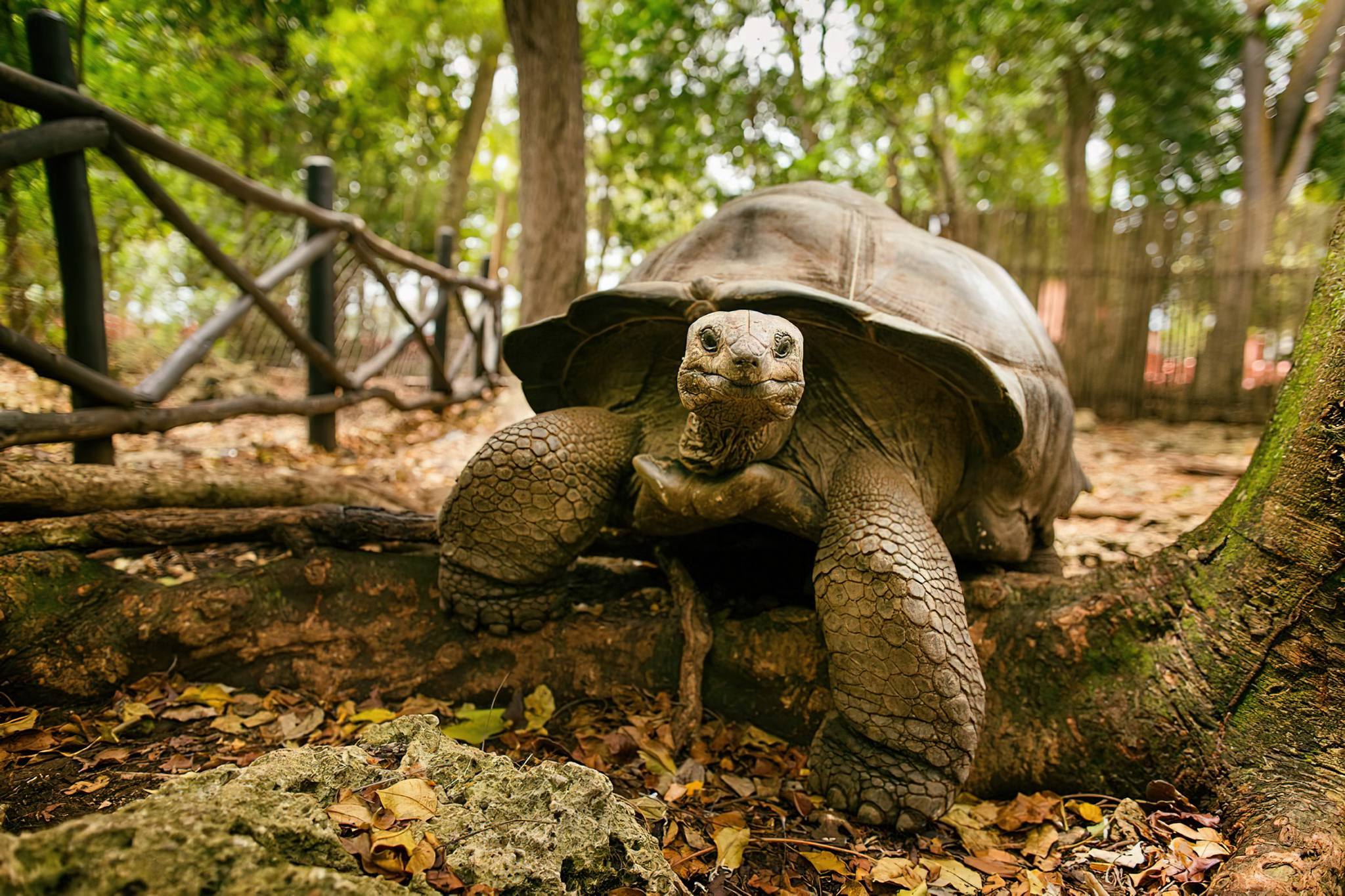

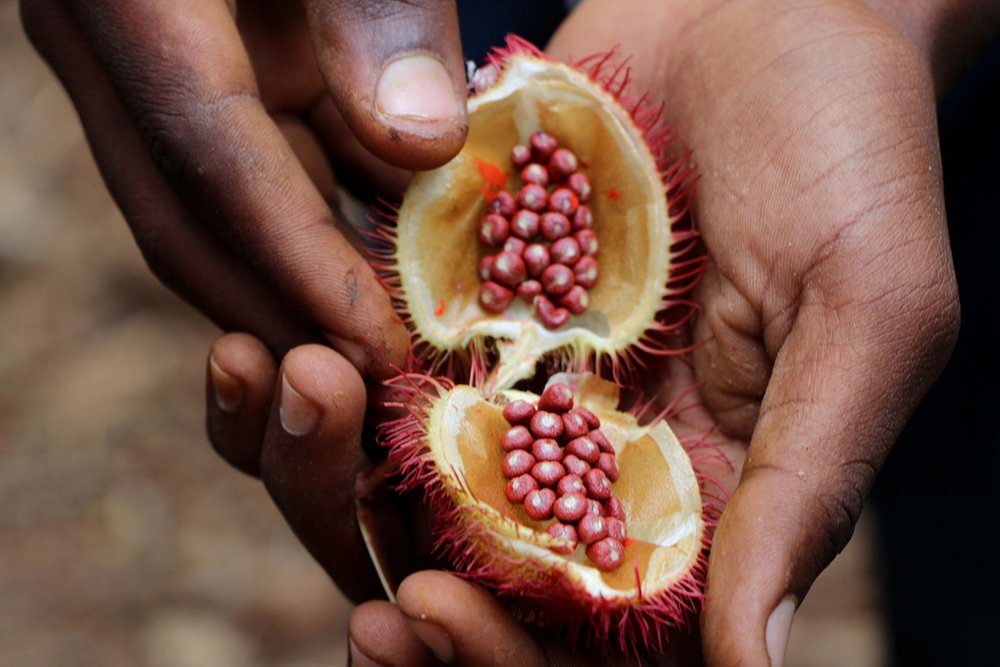
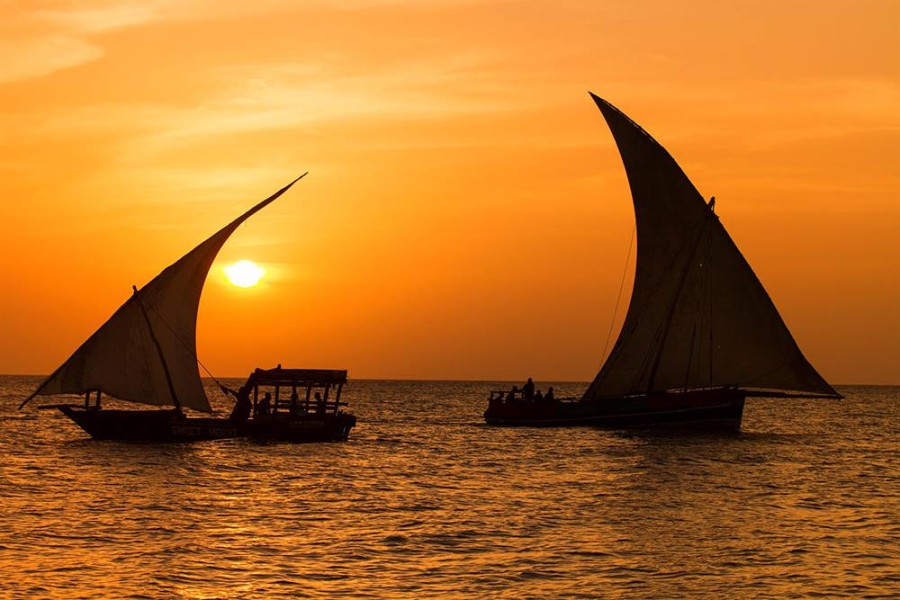

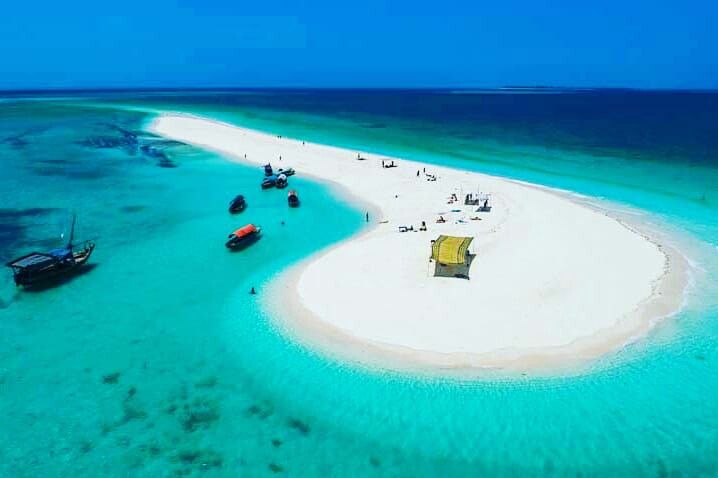
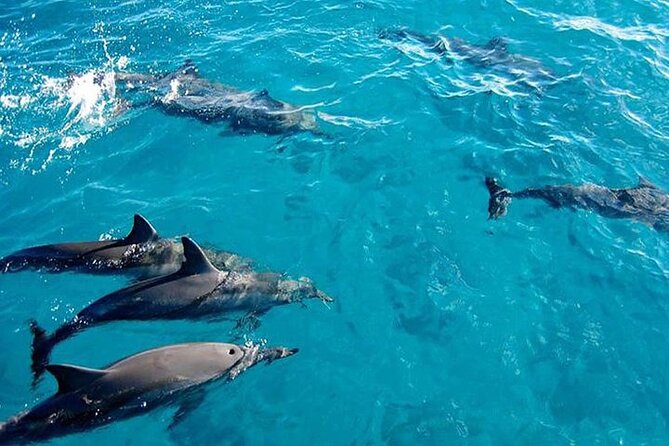
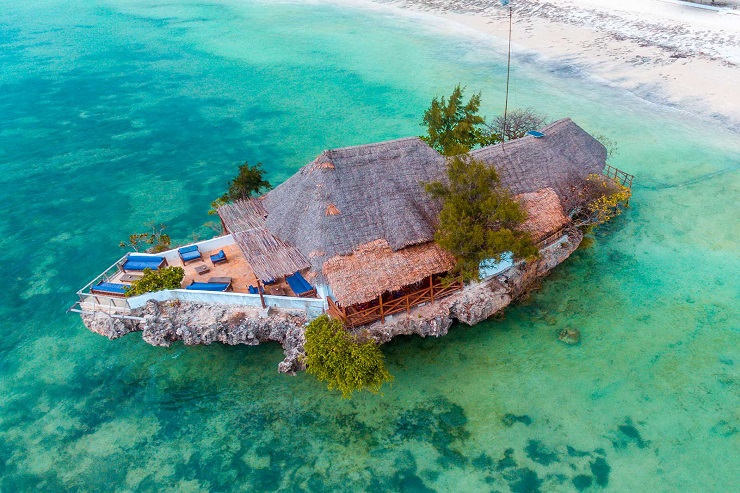
Zanzibar Tours & Activities Packages
Zanzibar Tour Packages offer a range of experiences, from relaxing beach vacations to exciting cultural explorations and adventure-filled activities.
Ultimate Zanzibar Mult Days Tour & Excursions!








